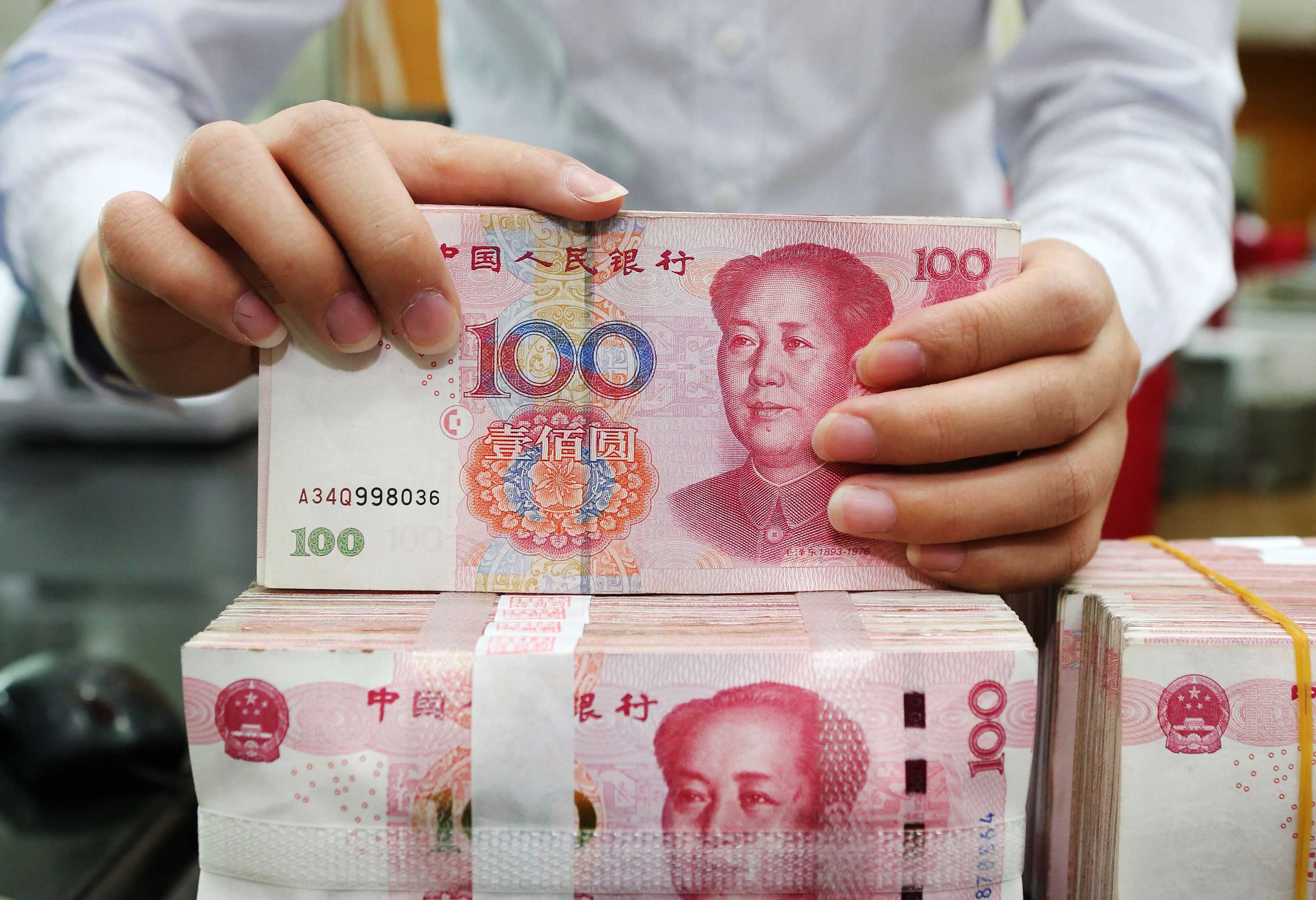China’s currency stability draws institutional capital inflows
CNY trades near 7.27 per USD as yield gaps narrow and reserves climb; global managers including (NYSE:BLK) and (SIX:UBSG) boost China bond exposure, betting policy stability could lift the yuan beyond 7 per USD in 2026.

Currency strategists across global asset managers are positioning for a potential appreciation of the Chinese yuan (CNY) beyond the symbolic 7 per USD threshold in 2026, citing narrowing yield differentials and policy stabilization. The CNY has appreciated 2.1% YTD to 7.27 per USD, recovering from its 2024 low of 7.43.
The mechanism reflects improving real-rate dynamics and a shrinking trade-balance drag. China’s current-account surplus rebounded to 1.6% of GDP in Q3 2025 as import compression stabilized. Meanwhile, the U.S.–China 2-year yield gap narrowed from 520 bps in 2023 to 380 bps, reducing carry pressure against the CNY.
Macro signals are supportive: fiscal consolidation has capped local-government issuance at CNY 4.5 trillion, slowing liquidity leakage, while foreign exchange reserves rose USD 37 billion to USD 3.32 trillion. Portfolio inflows through the Bond Connect scheme reached a nine-month high of USD 12 billion in October 2025.
From a structural perspective, the PBOC’s commitment to moderate easing contrasts with developed-market tightening plateaus, suggesting relative-value appeal. Large institutions including BlackRock (NYSE:BLK) and UBS (SIX:UBSG) have expanded local fixed-income exposure by 8–10% since mid-year, reflecting confidence in CNY stability.
Equity correlations support the thesis. Historically, every 1% CNY appreciation aligns with 1.4% gains in the CSI 300, as stronger currency expectations attract foreign participation. Offshore CNH forwards price 6-month appreciation to 7.18, implying embedded optimism.
However, risks persist. A slower property recovery and global demand softening could re-widen the yield gap. Moreover, if the Fed delays rate cuts beyond H2 2026, speculative positioning may unwind.
Comparatively, the CNY’s trade-weighted index has outperformed peers: up 4.7% against the KRW and 3.9% versus the JPY. Such resilience enhances its candidacy for reserve-currency diversification; IMF data show the CNY share of global reserves at 3.5%, up 60 bps y/y.
The market’s signal is clear — faith in China’s macro-prudence is returning. Should the CNY sustain appreciation while capital controls remain stable, China could attract net portfolio inflows exceeding USD 70 billion in 2026, supporting broader regional currency strength.





